



Wind Lane
gamer level 9
63226 xp
63226 xp
followers
110
110
Use my invite URL to register (this will give me kudos)
https://boardgaming.com/register/?invited_by=windlane
profile badges




recent achievements

Explorer - Level 6
Earn Explorer XP to level up by completing Explorer Quests!
Earn Explorer XP to level up by completing Explorer Quests!

El Dorado
Explore select games by completing a series of exploration actions ...learn more »
Explore select games by completing a series of exploration actions ...learn more »

Stone of the Sun
Explore select games by completing a series of exploration actions ...learn more »
Explore select games by completing a series of exploration actions ...learn more »

Rosetta Stone
Explore select games by completing a series of exploration actions. learn more »
Explore select games by completing a series of exploration actions. learn more »
Player Stats
Critic (lvl 3)
1265 xp
1265 xp
Explorer (lvl 6)
6906 xp
6906 xp
Professor (lvl 4)
2092 xp
2092 xp
Reporter (lvl 3)
1104 xp
1104 xp
About Me
I got into gaming because of Heroscape and it's still one of my favorite games. I'll try out pretty much anything, though I tend towards thematic games where your choices matter, but there's still a bit of luck.







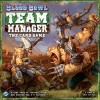



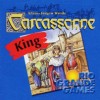
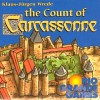



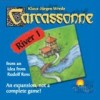


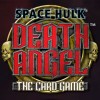








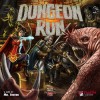





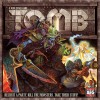










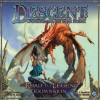
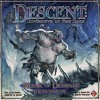

























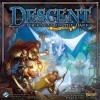

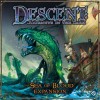









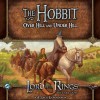














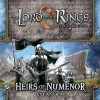
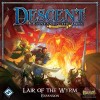





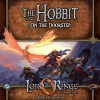


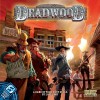

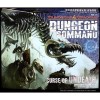








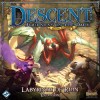




















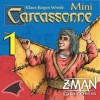
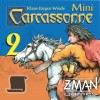



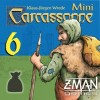

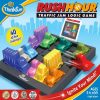


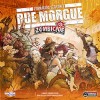

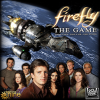
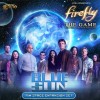
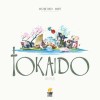






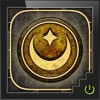

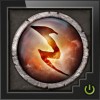

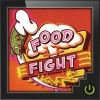
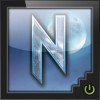
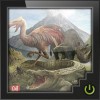





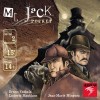

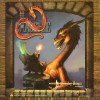
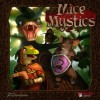

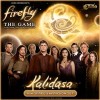


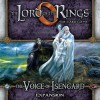
































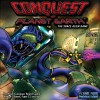




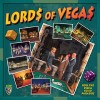

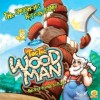

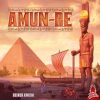


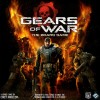





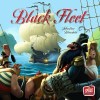
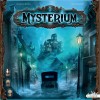



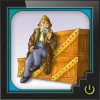
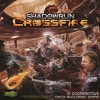


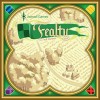


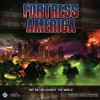


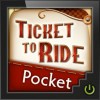



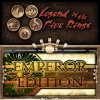


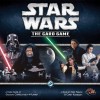
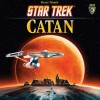






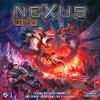




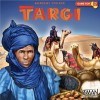



















Rush Hour
This isn’t a board game – it’s a puzzle. You lay out the cars on the grid according to a card and try to slide the cars around in such a way that you can get the special car (the red truck on this version’s box art) through the exit.
It’s a very simple concept, but the cars can only move forward or reverse because of how the grid is designed. You have to figure out the right sequence and amount to move pieces to get the special car through the exit and the goal is to do it as efficiently as possible.
There’s nothing really telling you to count the number of moves it takes you, but that’s the easiest way to figure out if you’ve got a more direct solution or not.
Overall the game is going to be worth it for folks who like puzzles. It’s single player and the version I have came with something like 30 puzzles of increasing difficulty and I bought a tiny little expansion that had one vehicle and another ~30 puzzle layouts on those cards.
I like puzzles, which is why I bought it, but it’s completely understandable if some folks just aren’t interested.
The High Points:
Inexpensive
A nice challenge with the harder layouts
Nice design (I dig the simple colorful look)